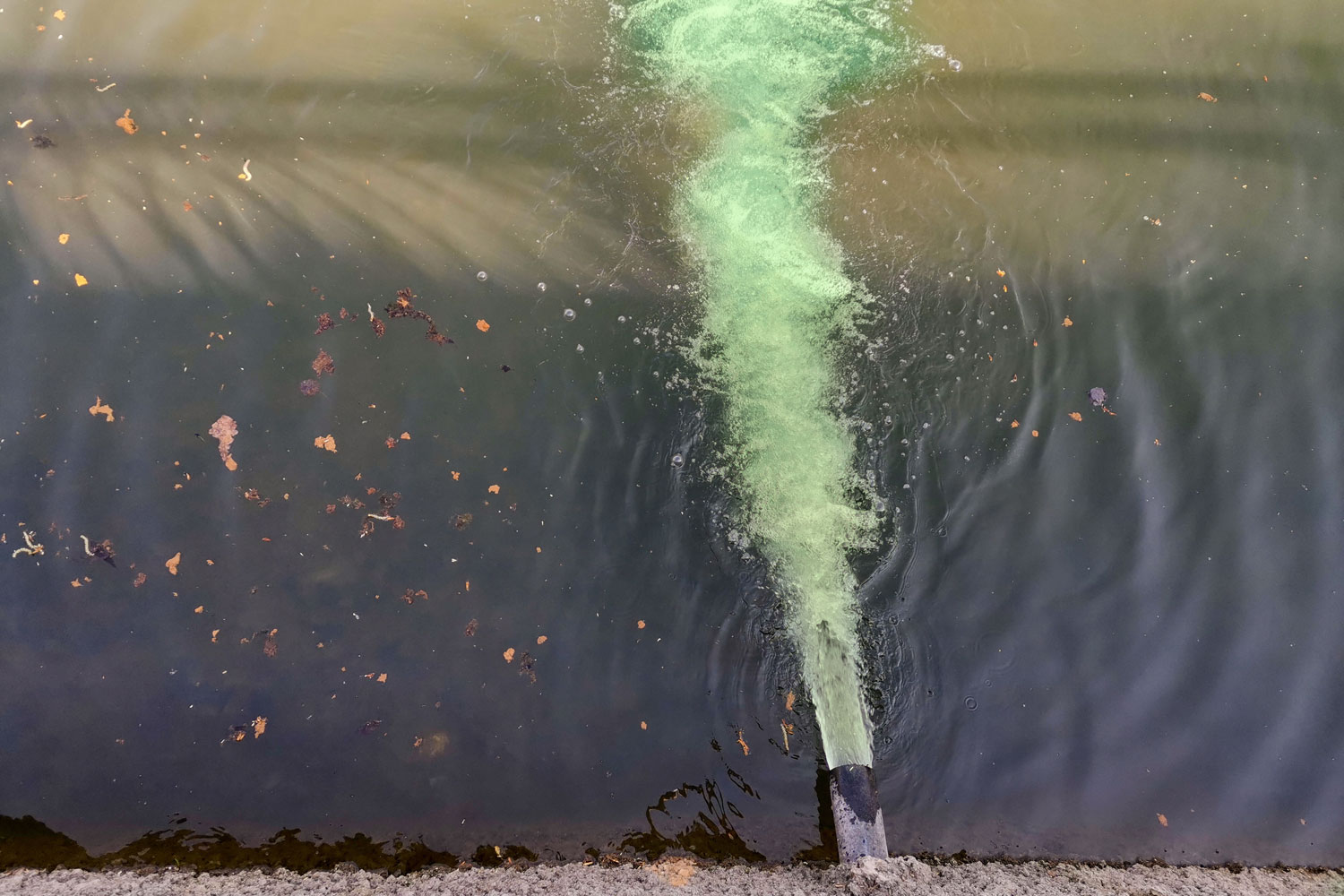Fracking involves drilling into the earth and directing a high-pressure mixture of water, sand, and chemicals at a rock layer in order to release the gas inside. The wells can be drilled vertically or horizontally. Horizontal drilling allows for more surface area to be exposed to the pressurized mixture, which fractures (or fracks) the rock and releases the gas.
Once the well has been completed, a high-pressure injection of fluid into the rock can cause earth tremors – small movements in the ground’s surface. During drilling at Cuadrilla’s New Preston Road site, more than 120 quakes were measured. Earthquakes of this magnitude are considered moderate and are seldom felt by people; nevertheless, they worry locals. Fracking also consumes a significant amount of water, which must be transported to the site at huge environmental costs.

